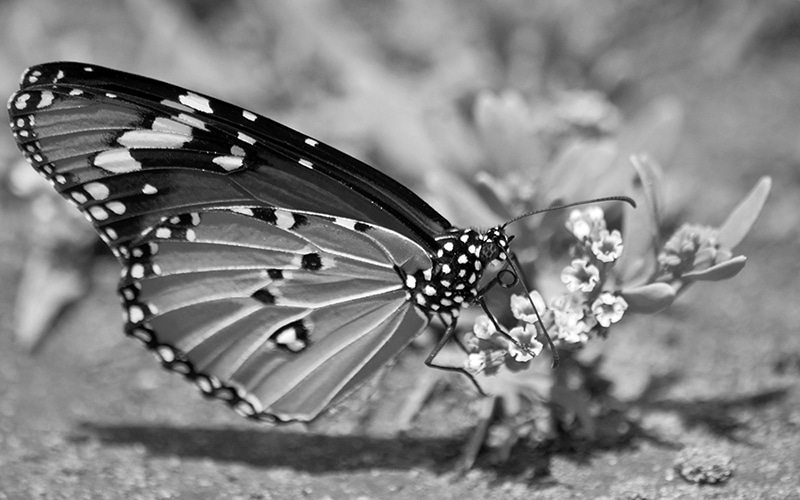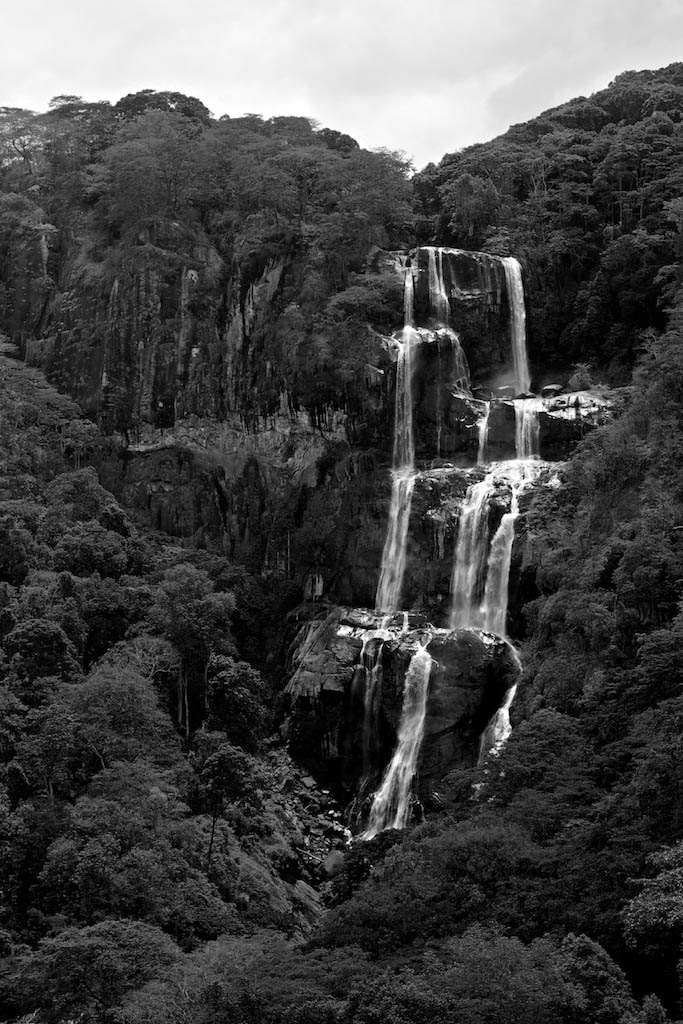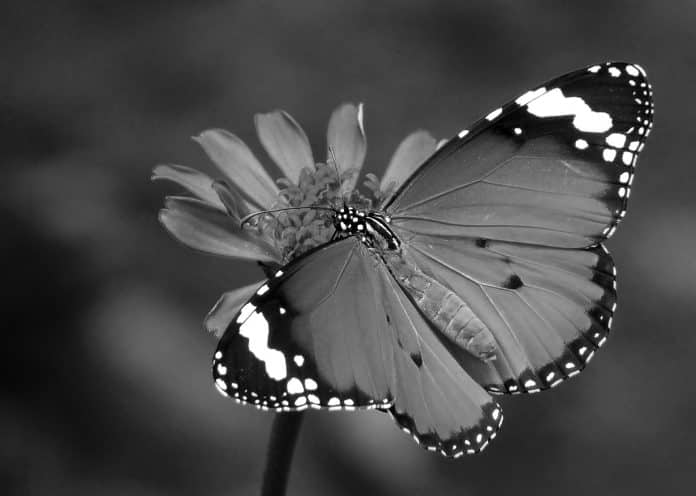Fluttering Beauties: Discover the Dazzling Diversity of Butterflies in Tanzania
Tanzania, a country known for its breathtaking landscapes and diverse wildlife, is also home to a remarkable array of butterflies. These delicate and colorful butterflies of Tanzania can be found fluttering through the forests, savannas, and gardens of this East African nation, captivating both locals and visitors alike. In this article, we will delve into the world of Tanzanian butterflies, exploring their beauty, diversity, and unique adaptations.
Why Tanzania is a hotspot for butterfly diversity
Tanzania’s geographical location and varied ecosystems make it a haven for butterfly diversity. Situated in the eastern part of the African continent, Tanzania is bordered by the Indian Ocean, which brings moisture and favorable conditions for butterfly habitats. The country also boasts a diverse range of habitats, including mountains, grasslands, and tropical rainforests, providing a multitude of niches for different species to thrive.
Furthermore, Tanzania is home to several national parks and protected areas, such as the Serengeti National Park and the Ngorongoro Conservation Area, which serve as important refuges for butterflies. These protected areas not only provide a sanctuary for numerous butterfly species but also contribute to the overall conservation efforts in the country.
Types of butterflies found in Tanzania
With over 1,000 species of butterflies recorded, Tanzania offers an incredible variety of these winged wonders. From the iconic swallowtails with their striking colors and elongated tails, to the tiny blues and coppers that flit about in meadows, Tanzania is a treasure trove for butterfly enthusiasts. Some of the most common butterfly families found in Tanzania include the Nymphalidae, Papilionidae, and Lycaenidae.
The Nymphalidae family, commonly known as brush-footed butterflies, is one of the largest butterfly families worldwide. In Tanzania, you can find species such as the African Monarch (Danaus chrysippus) and the African Queen (Danaus petilia). These butterflies are known for their vibrant colors and intricate patterns, making them a delight to observe.

Papilionidae, or swallowtail butterflies, are another prominent family in Tanzania. The charismatic African Swallowtail (Papilio constantinus) and the beautiful Citrus Swallowtail (Papilio demodocus) are among the species you may encounter while exploring the diverse habitats of Tanzania.
Endemic butterfly species in Tanzania
Tanzania also boasts a number of endemic butterfly species, meaning they are found exclusively within the country’s borders. These unique butterflies have evolved in isolation, adapting to their specific habitats over time. One such example is the Tanzania Swallowtail (Papilio desmondus), a striking butterfly with its distinctive black and yellow markings. Another endemic species is the Tanzanian Charaxes (Charaxes tanzaniae), known for its large size and striking orange and black coloration.
These endemic species highlight the importance of conserving Tanzania’s natural habitats, as they are irreplaceable treasures that contribute to the country’s biodiversity.
Unique adaptations and behaviors of Tanzanian butterflies
Butterflies have evolved a range of fascinating adaptations and behaviors to survive and thrive in their environments. In Tanzania, you can observe some of these unique characteristics up close.
One notable adaptation is mimicry, where certain butterfly species resemble toxic or unpalatable species to deter predators. The African Leopard Butterfly (Phalanta phalantha) is an excellent example of this, as its wing pattern closely resembles that of the toxic African Monarch (Danaus chrysippus). By imitating this unpalatable species, the African Leopard Butterfly is less likely to be preyed upon.
Another interesting behavior observed in Tanzanian butterflies is puddling. Puddling refers to the behavior of butterflies congregating around moist areas, such as mud puddles or riverbanks, to extract essential minerals and salts. This behavior is particularly common among male butterflies, who obtain these nutrients to enhance their reproductive success.
Threats to butterfly populations in Tanzania
Despite their beauty and ecological importance, Tanzanian butterflies face several threats that jeopardize their populations. One of the primary threats is habitat loss and fragmentation due to human activities such as deforestation, agriculture expansion, and urbanization. As natural habitats are destroyed or degraded, butterflies lose their food sources, breeding grounds, and shelter, leading to declines in their populations.
Climate change also poses a significant threat to Tanzanian butterflies. Rising temperatures, altered rainfall patterns, and extreme weather events can disrupt the delicate balance of ecosystems and impact butterfly populations. Changes in flowering and fruiting times of plants, which butterflies rely on for nectar and larval food, can further exacerbate the challenges they face.
Conservation efforts for Tanzanian butterflies
Recognizing the importance of conserving Tanzania’s butterfly populations, various organizations and individuals are working tirelessly to protect these delicate creatures. Conservation initiatives focus on preserving natural habitats, promoting sustainable land use practices, and raising awareness about the importance of butterflies in ecosystems.
Furthermore, the establishment of protected areas and national parks, such as the Udzungwa Mountains National Park and the Mahale Mountains National Park, provides vital refuges for butterflies and other wildlife. These protected areas not only safeguard the biodiversity of Tanzania but also offer opportunities for research and ecotourism, contributing to the local economy.

How to identify butterflies in Tanzania
If you’re interested in observing and identifying butterflies in Tanzania, there are a few key features to look out for. Start by observing the size and shape of the butterfly’s wings. Note any distinctive patterns or coloration, as these can often be used to identify different species. Pay attention to the behavior of the butterfly, such as its flight pattern and feeding preferences, as these can also provide clues to its identity.
Field guides and online resources specific to Tanzanian butterflies can be valuable tools in helping you identify various species. These resources often include detailed descriptions, photographs, and distribution maps to aid in the identification process. Additionally, joining local butterfly watching groups or participating in guided tours can provide valuable insights from experienced enthusiasts and experts.
Popular butterfly watching spots in Tanzania
Tanzania offers numerous butterfly watching spots that allow you to immerse yourself in the beauty and diversity of these fluttering creatures. One such location is the Kilimanjaro National Park, where you can witness butterflies dancing amidst the lush vegetation and stunning views of Mount Kilimanjaro. The Kitulo Plateau National Park, often referred to as the “Garden of God,” is another hotspot for butterfly enthusiasts, with its abundant wildflowers and endemic species.
For a truly immersive experience, pay a visit to the Udzungwa Mountains National Park. Here, you can explore the pristine rainforests and encounter a myriad of butterfly species, including the endemic Udzungwa Swallowtail (Papilio sjoestedti). The Ngorongoro Conservation Area and the Serengeti National Park are also worth visiting, as they not only offer opportunities to witness the Great Migration but also boast a rich diversity of butterflies.
Conclusion: Appreciating the beauty and importance of Tanzanian butterflies
As we conclude our journey into the dazzling diversity of butterflies in Tanzania, it becomes evident that these delicate creatures play a vital role in the country’s ecosystems. Beyond their aesthetic appeal, butterflies are essential pollinators, contributing to the reproduction of various plant species. They also serve as indicators of environmental health, as their presence and abundance reflect the overall well-being of their habitats.
By appreciating and protecting Tanzanian butterflies, we not only ensure the survival of these enchanting creatures but also contribute to the preservation of Tanzania’s natural heritage. So, next time you find yourself in this captivating country, take a moment to observe the fluttering beauties around you, and remember the importance of their existence.
For more articles related to Wildlife in Tanzania (Animals), click here!


































